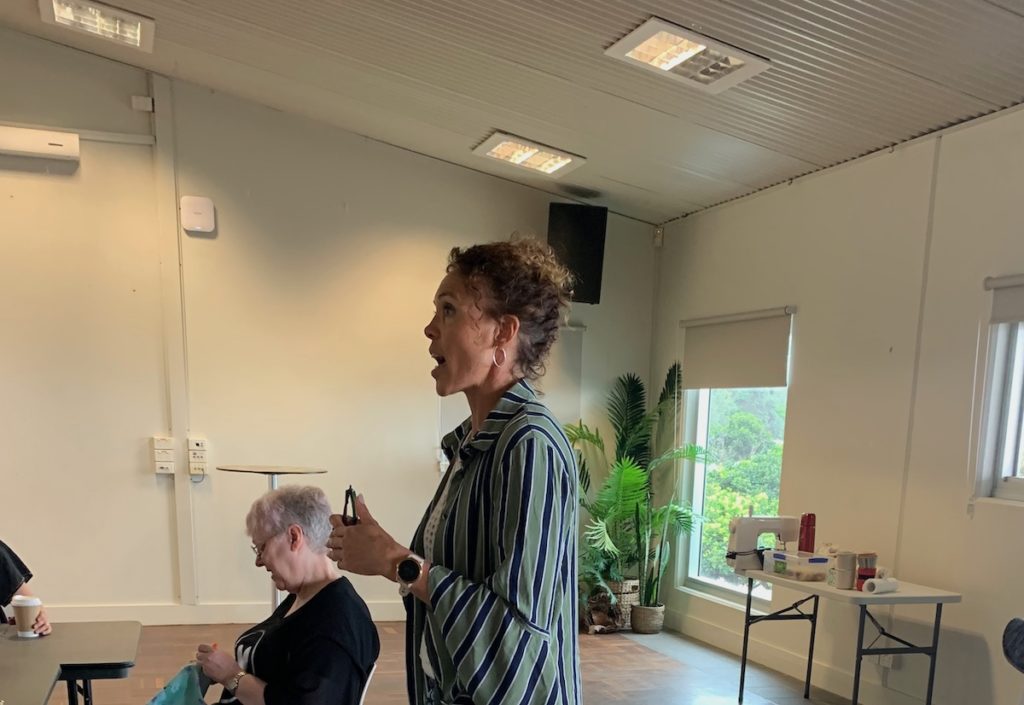The threads of a new movement to fix the fashion industry started on the Central Coast last Sunday, March 17, at Killcare Surf Club.
The fast fashion phenomenon gripping the world is something that creates a cascading challenge of once-worn, non-recyclable garments.
One local woman decided to go back to the future to turn the rising tide of new and used clothes flooding the nation.
MacMasters Beach local and Head of Fashion studies at TAFE NSW Laura Washington held the experimental workshop to gauge sentiments with the wider community about the desire to move to more sustainable clothing cycles.
Washington held a brief information session about the current state of fashion in Australia revealing to the 16 participants that Australians on average purchase 56 items of clothing each year.

Revealing data from a recent study report published by Sustainable Resource Use team- Peter and Jill Allan and stakeholders QUT, Australian Fashion Council, Charitable Recycling Australia, and WRAP .
One stand out statistic uncovered that each Australian purchased 56 garments per year on average.
Laura said “Our manufacturing (in Australia) is quite small now thanks to offshoring over the last two decades so we need to look to on-shoring in the near future,” Washington said.
“We import and locally manufactur over 1.4 billion garments each year in Australia alone; there’s a huge disparity between the garments and the population in this country, and that’s why we have a problem with landfill.
“There are 200,000 tonnes of clothing that are discarded or go into landfill every year in Australia.
“We think we’re doing the right thing by packing up our clothes and putting them in charity bins.
“But, unfortunately, only 30 per cent of those clothes end up in charity shops; the rest are exported or sent to landfill.”
Participants at the workshop were stunned by the extent of the problem though many repaired favorite garments either by hand or with a simple sewing machine that was provided on the day.
Participants reported a great desire to continue with the repair workshops as they had not only picked up information but also a few new ideas and skills on how to repurpose and repair clothing.


